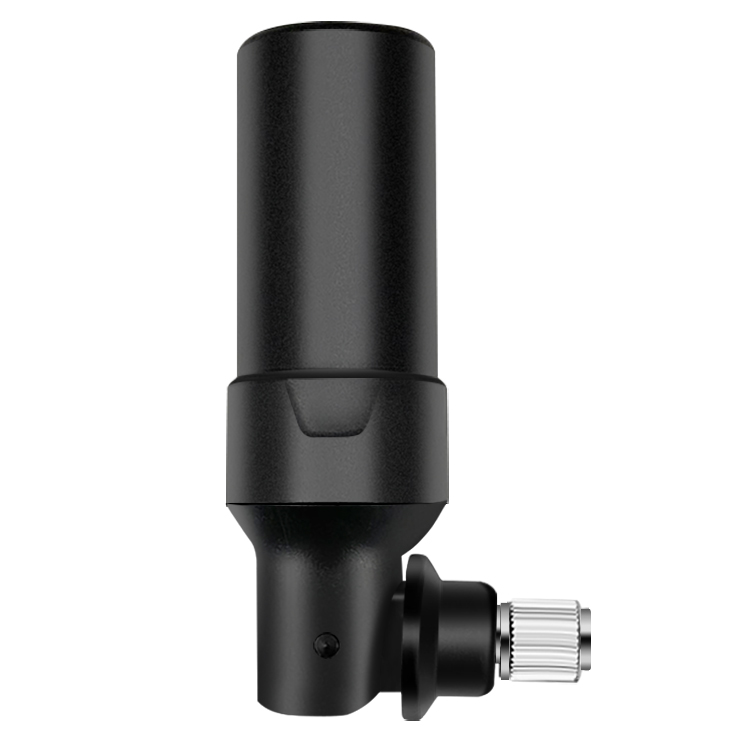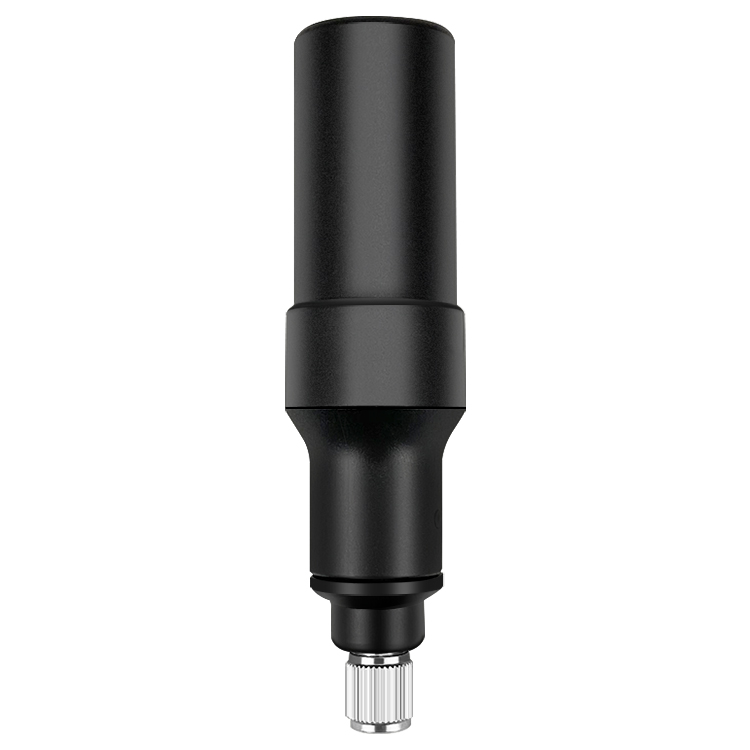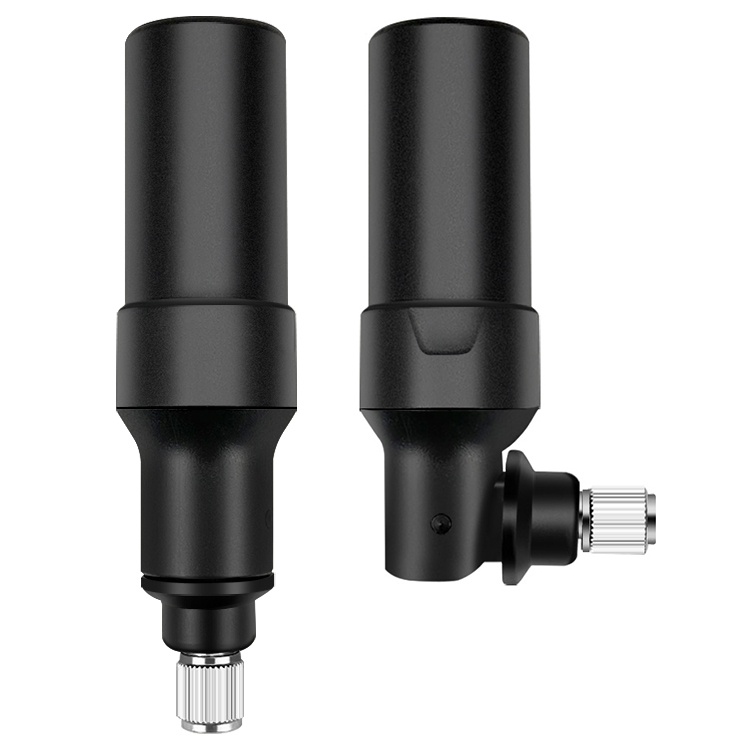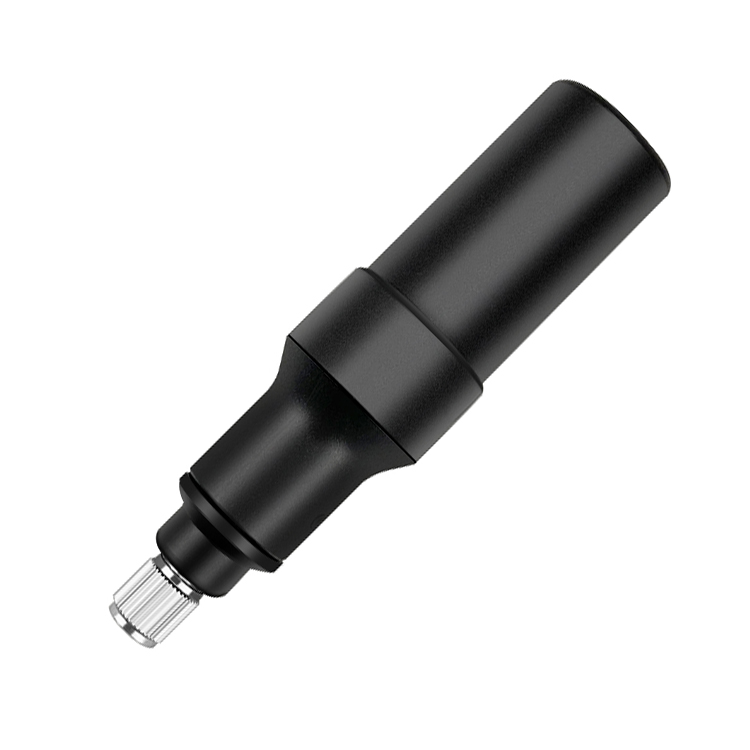5.1 Current Applications
5.1.1 Satellite Communication
Low - profile four - arm helical antennas are widely used in satellite communication systems. They are used on both the ground terminals and on satellites themselves. In ground terminals, these antennas are used to receive and transmit signals to and from satellites. Their circular polarization capabilities help in overcoming the effects of atmospheric conditions and multipath propagation, ensuring reliable communication links. On satellites, the compact and low - profile design of these antennas is beneficial as it allows for more efficient use of the limited space on the satellite's payload.
5.1.2 Unmanned Aerial Vehicles (UAVs)
UAVs, also known as drones, often use low - profile four - arm helical antennas for communication and navigation. The antennas are used for communication with the ground control station, as well as for receiving GPS signals for navigation. The compact size and low - profile design of the antennas make them suitable for integration into the body of the UAV without affecting its aerodynamic performance. The wide beamwidth and circular polarization of the antennas also help in maintaining reliable communication links even when the UAV is in motion and its orientation is changing.
5.1.3 Internet of Things (IoT)
In the IoT ecosystem, a large number of devices need to communicate wirelessly with each other and with the cloud. Low - profile four - arm helical antennas can be used in IoT devices to provide reliable wireless connectivity. Their compact size and wide bandwidth make them suitable for use in small - scale IoT sensors and actuators. The circular polarization can help in reducing interference in the crowded IoT communication environment, where multiple devices may be operating in close proximity.
5.2 Future Trends
5.2.1 Miniaturization and Integration
As technology continues to advance, there will be a growing trend towards further miniaturization of low - profile four - arm helical antennas. This will involve developing new materials and manufacturing techniques to reduce the size of the antenna while maintaining or even improving its performance. Additionally, there will be an increased focus on integrating these antennas with other components, such as sensors, processors, and power sources, to create more compact and functional wireless devices.
5.2.2 Multiband and Reconfigurable Antennas
The future of low - profile four - arm helical antennas is likely to see the development of multiband and reconfigurable antennas. Multiband antennas will be able to operate on multiple frequency bands simultaneously, allowing for more versatile communication capabilities. Reconfigurable antennas, on the other hand, will be able to change their radiation characteristics, such as polarization, gain, and beamwidth, in response to changing environmental conditions or communication requirements. This will enable more efficient use of the available spectrum and improve the overall performance of wireless communication systems.
5.2.3 Integration with Emerging Technologies
Low - profile four - arm helical antennas are likely to be integrated with emerging technologies such as 5G and beyond, as well as with new sensing technologies such as millimeter - wave imaging and radar. In 5G systems, these antennas can be used to provide the high - speed and reliable communication required for applications such as autonomous vehicles and smart cities. In millimeter - wave imaging and radar applications, the circular polarization and high - gain characteristics of the antennas can be exploited to improve the accuracy and resolution of the sensing systems.
Conclusion
The low - profile four - arm helical antenna represents a significant advancement in antenna technology. Its unique combination of features, including compact size, low - profile design, circular polarization, high gain, and wide bandwidth, makes it suitable for a wide range of applications in modern communication and sensing systems. Despite the challenges associated with its design, construction, and manufacturing, continuous research and development efforts are being made to overcome these challenges and further improve the performance of these antennas.
As technology continues to evolve, the low - profile four - arm helical antenna is expected to play an increasingly important role in emerging applications such as the Internet of Things, 5G and beyond, and unmanned systems. The future trends of miniaturization, multiband and reconfigurable operation, and integration with emerging technologies hold great promise for the further development and widespread adoption of these antennas. Overall, the low - profile four - arm helical antenna is a versatile and valuable component in the field of antenna engineering, with a bright future ahead.




































































 Language
Language
 En
En Cn
Cn Korean
Korean

 Home >
Home > 








 18665803017 (Macro)
18665803017 (Macro)













